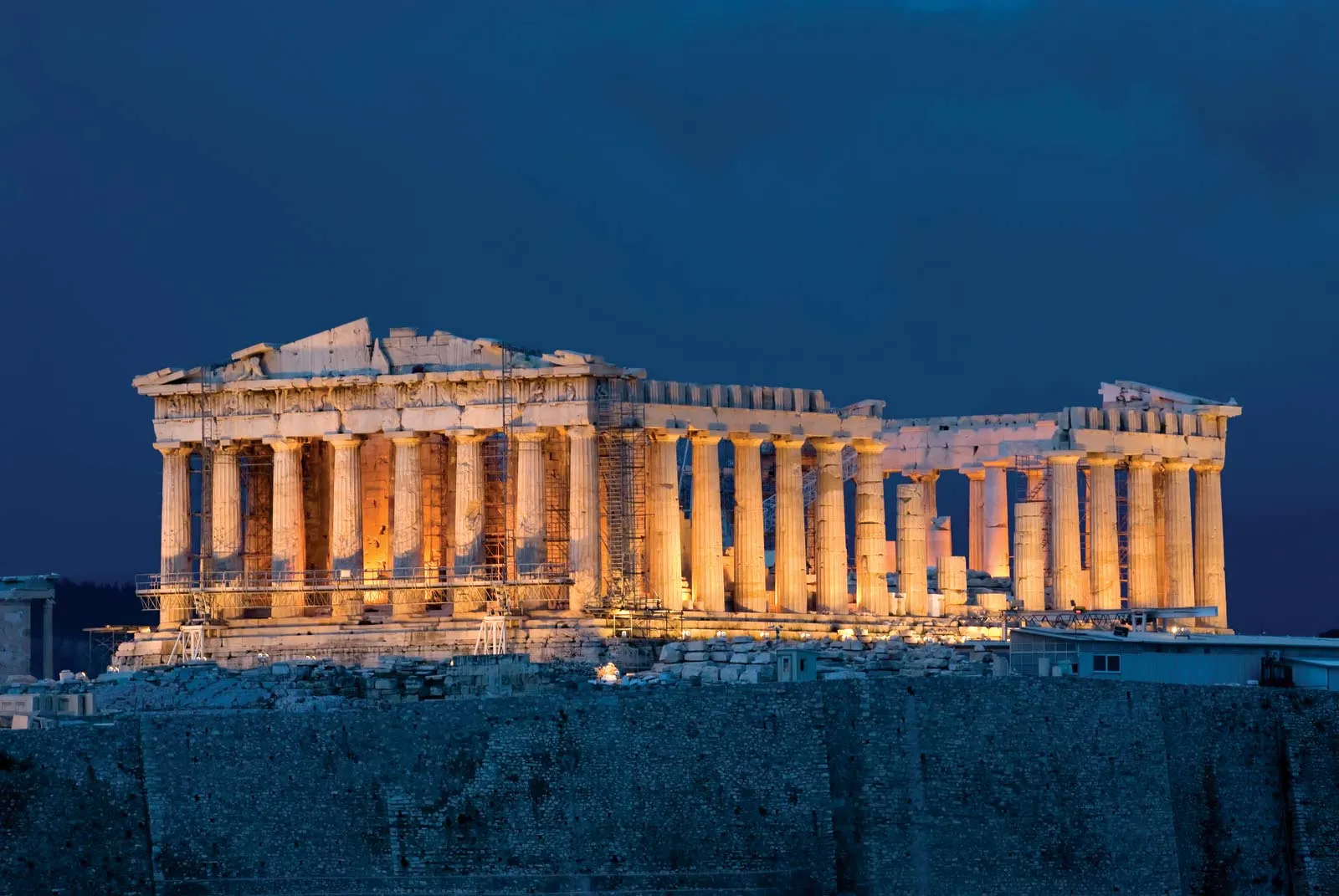History
The Corinthian Order was the latest developed Greek order, with the earliest known example coming in the form of the Temple of Apollo Epicurious, dating to 450-420 BC. While the name Corinthian does stem from the city of Corinth, Vitruvius credits the order to the Athenian Sculptor Callimachus who was reportedly inspired after seeing an acanthus plant that had grown through a woven basked on the grave of a Corinthian woman. Corinthian columns are the most ornate of the Greek orders, usually fluted and easily identified by their large, ornately carved acanthus leaf capitals. Inspired by the Ionic order, the Corinthian capital does also contain volutes, generally 8, that are not as strong of a focal point as the Ionic. In addition to the ornate Corinthian capital, the order does also contain a less ornate version called the Temple of the Winds, or Tower of the Winds.
If you are interested in getting Corinthian Columns of your own, you can shop ours here, or design your own column and a product specialist will contact you to find the perfect solution for your project!
Corinthian Order Sizing
The Corinthian order is the slenderest of the 3 Greek orders, even more so then the Ionic. It generally has a column height to diameter ratio of 10:1, with the capital making up 1/10th of the overall column height.
Example: If your column is 8’ in height, it should have a diameter of 10”
Famous Examples
The Corinthian order has recognizable examples throughout many civilizations and countries, we will look at a few of those here, starting with a Greek example.
The Temple of Olympian Zeus in Athens began construction in the 6th century BC as a colossal temple to honor Zeus, head of the Olympian Gods. While it was started in the 6th Century, it was not completed until the 2nd Century AD, almost 640 years after construction began, it then stood for about 130 years before falling into disuse.
The Temple was renowned as the largest in Greece at the time, and contained 104 Corinthian columns, with the outer columns standing 55’ tall and 6 ½’ in diameter! It is described by “Why Athens” as a “towering forest of marble trees.”

While the exact count and size of the columns on Russia’s Winter palace is hard to quantify (roughly 250 on the exterior, and countless on the interior) the building stands as a beautiful testament to the Corinthian Order.

The Architects of Washington D.C. were greatly inspired by the Greek Orders, with examples of all 3 orders on nearly every historic landmark in the city. For this example, we will look at the US Supreme Court building, which contains 16 large, fluted Corinthian columms (and some square Corinthian pilasters)



